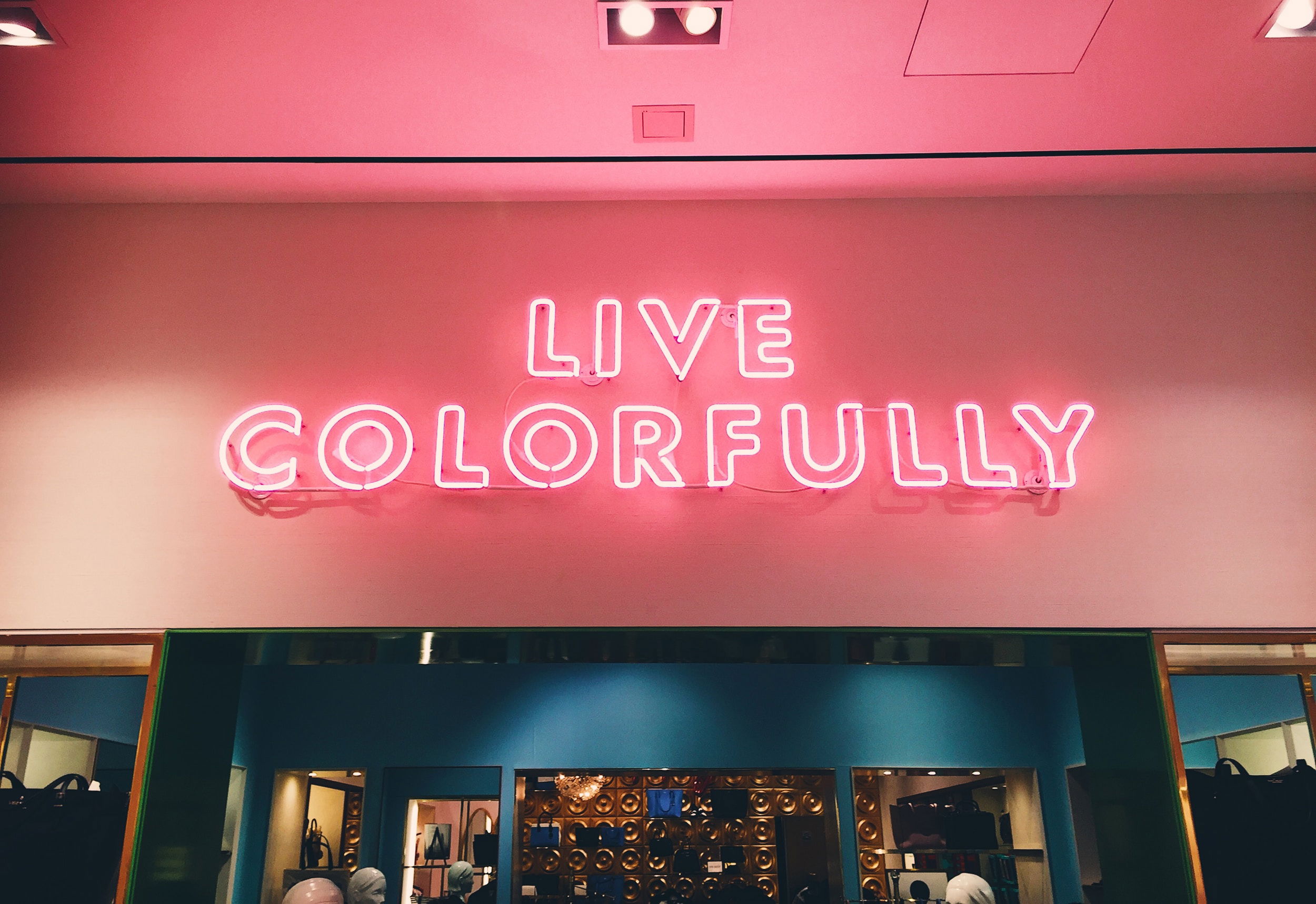Self-Motivation in Creative Pursuits: Unleashing Your Artistic Potential
Creativity is a powerful force that drives innovation, fosters self-expression, and enriches our lives. Whether you're an aspiring artist, writer, musician, or any other creative individual, self-motivation is the key to unlocking your full artistic potential. It's the driving force that propels you to create, explore, and overcome the challenges that come with creative pursuits. In this article, we will explore the crucial role of self-motivation in creative endeavors, delve into the psychology behind it, and provide practical strategies to help you harness your creative energy and achieve your artistic goals.

The Significance of Self-Motivation in Creativity
Creativity is not a passive trait; it's an active process that requires effort, dedication, and, above all, self-motivation. Here's why self-motivation is essential for creative individuals:
- Overcoming Creative Blocks: Every artist encounters creative blocks at some point. Self-motivation provides the drive to push through these periods of stagnation and continue creating.
- Sustaining Passion: Creative pursuits can be challenging, and the initial excitement may wane over time. Self-motivation keeps your passion alive and sustains your commitment to your art.
- Setting and Achieving Goals: Artists often have specific goals, whether it's completing a novel, finishing a painting, or mastering a musical instrument. Self-motivation empowers you to set these goals and work diligently toward their attainment.
- Embracing Risk and Vulnerability: Creativity involves taking risks and exposing your innermost thoughts and feelings through your art. Self-motivation provides the courage to embrace vulnerability and share your creations with the world.
- Resilience in the Face of Criticism: Constructive criticism is a part of any creative journey, and it can be challenging to accept. Self-motivation helps you take criticism as an opportunity for growth rather than as a setback.
The Psychology of Self-Motivation in Creativity
Understanding the psychology of self-motivation can shed light on how it works in the realm of creativity:
- Intrinsic vs. Extrinsic Motivation: Intrinsic motivation is driven by internal rewards, such as personal satisfaction and a genuine love for the creative process. Extrinsic motivation, on the other hand, relies on external factors like recognition or financial gain. While both forms of motivation can coexist, intrinsic motivation tends to be a more sustainable source of creative drive.
- Flow State: Achieving a state of flow, where you are fully immersed in your creative work, is often associated with high levels of self-motivation. This state is characterized by deep focus, enjoyment, and a sense of timelessness.
- Goal Orientation: Setting clear and challenging artistic goals can boost self-motivation. Achieving these goals releases dopamine in the brain, reinforcing the motivation to continue creating.
Strategies for Cultivating Self-Motivation in Creativity
Here are practical strategies for artists and creative individuals to nurture self-motivation:
1. Find Your Creative Why
Clarify your artistic purpose and the reasons behind your creative pursuits. Knowing your "why" can serve as a powerful source of motivation.
2. Set Creative Goals
Set specific and achievable creative goals. Whether it's finishing a novel, creating a series of paintings, or learning a new instrument, having clear objectives gives your creativity direction.
3. Create a Supportive Environment
Surround yourself with a supportive network of fellow artists, mentors, or a creative community. Sharing your challenges and successes with like-minded individuals can fuel your motivation.
4. Embrace Constraints
Sometimes, creative limitations can boost innovation and motivation. Embrace constraints and turn them into opportunities for creative problem-solving.
5. Experiment and Explore
Stay curious and open to new experiences. Experiment with different mediums, styles, or techniques to keep your creativity fresh and evolving.
6. Practice Self-Compassion
Be kind to yourself and recognize that not every creative endeavor will result in a masterpiece. Allow room for experimentation and accept that failures are part of the creative process.

Sources of Inspiration and Further Learning
To delve deeper into the topic of self-motivation in creative pursuits and explore additional resources, consider reviewing the following sources:
- Psychology Today - The Psychology of Creativity
- TED - How to Build (and Rebuild) Trust
- The New Yorker - The Truth About "Inspiration"
Conclusion
Self-motivation is the life force that fuels creativity. It's the inner drive that compels artists and creative individuals to transform their ideas into tangible works of art. As you embark on your creative journey, remember that self-motivation is not just a fleeting burst of inspiration; it's a skill that can be nurtured and strengthened over time. By embracing your artistic purpose, setting meaningful goals, and cultivating a supportive environment, you can tap into your creative potential and produce enduring and impactful creations. Let self-motivation be your guiding light on your artistic path, and watch as it unlocks a world of boundless imagination and expression.